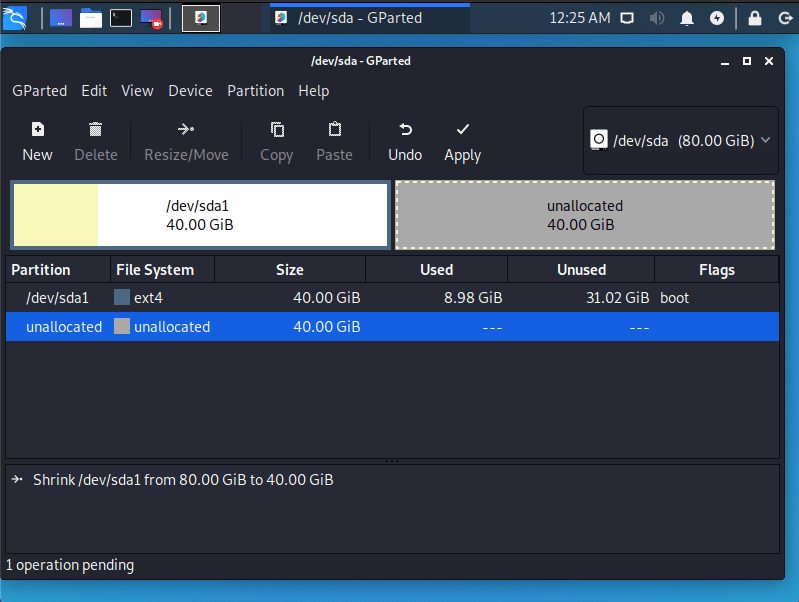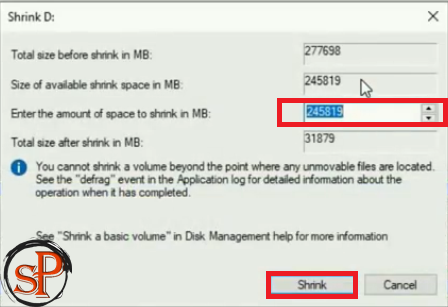


The third core developer Raphaël Hertzog joined them as a Debian expert.

It was developed by Mati Aharoni and Devon Kearns of Offensive Security through the rewrite of BackTrack, their previous information security testing Linux distribution based on Knoppix. Kali Linux is developed, funded and maintained by Offensive Security, a leading information security training company. Kali Linux was released on the 13th March 2013 as initial version, and latest version 2018.2 was released on Ap41 days ago. Kali contains several hundred tools which are geared towards various information security tasks, such as Penetration Testing, Security research, Computer Forensics and Reverse Engineering.

Of course if you have installation questions that aren’t addressed by the Kali documentation, feel free to expand your question (or, if you’re a reader other than the OP, ask a new one).As you can see in this OnWorks Kali Linux online is a Debian-based Linux distribution aimed at advanced Penetration Testing and Security Auditing. The fact of the matter is, however, that Kali is a Linux distribution specifically geared towards professional penetration testers and security specialists, and given its unique nature, it is NOT a recommended distribution if you’re unfamiliar with Linux or are looking for a general-purpose Linux desktop distribution for development, web design, gaming, etc. Quoting Should I use Kali Linux? from the official documentation:Īs the distribution’s developers, you might expect us to recommend that everyone should be using Kali Linux. See the official installation instructions.Īs mentioned in Why is Kali Linux so hard to set up? Why won't people help me?, if you need to ask about installation, when the answer to your question is in the Kali installation guide, then you probably shouldn’t use Kali Linux. To address your question, you can’t install Kali Linux from the live desktop you need to choose the appropriate option when booting.


 0 kommentar(er)
0 kommentar(er)
